shingle oak
Quercus imbricaria
Not easily recognized as an oak due to the atypical, unlobed foliage. Less common than … Continued
Keystone plants are native plants critical to the food web and necessary for many wildlife species to complete their life cycle. Without keystone plants in the landscape, butterflies, native bees, and birds will not thrive. 96% of our terrestrial birds rely on insects supported by keystone plants.
There are two types of keystone plants: Host plants that feed the young caterpillars of approximately 90% of butterflies and moths (Lepidoptera).
Plants that feed specialist bees who only eat pollen from specific plants. Keystone plants for native bees feed both specialist and generalist bees.
Quercus imbricaria
Not easily recognized as an oak due to the atypical, unlobed foliage. Less common than … Continued
Quercus macrocarpa
A coarsely textured crown with wooly acorns and a massive trunk with rough, deeply furrowed … Continued
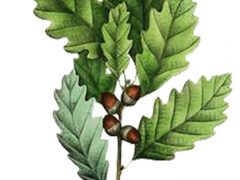
Quercus muehlenbergii
Height of 40–50’ and a spread of 50–60’ at a slow to medium rate, with … Continued
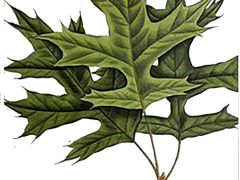
Quercus palustris
Distinctive branching pattern sets it apart from other oaks. Homeowners and city foresters like this … Continued
Quercus phellos
Frequently planted along streets and in parks. Turns shades of yellow bronze-orange, yellow-brown and russet-red … Continued
Quercus rubra
Grows more than two feet per year for 10 years and provides great fall color, … Continued
Quercus shumardii
Typically grows at a moderately fast rate to a height of 40-60′ with shiny, dark … Continued

Rudbeckia hirta
Huge 3-4″ deep yellow blooms with dark brown eye cover this black-eyed Susan from late … Continued
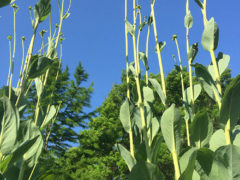
Rudbeckia maxima
This incredible wildflower grows 5-7′ tall with glaucous leaves to 10″. Flowers have 4-6″ cones … Continued
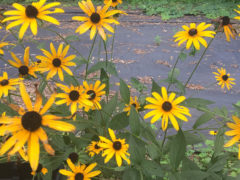
Rudbeckia fulgida
This adaptable native occurs in both dry and moist soils in open woods, glades and … Continued
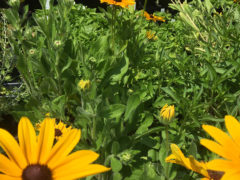
Rudbeckia subtomentosa
Gray-green foliage is covered by masses of yellow daisy-like flowers about 3” across with dark … Continued
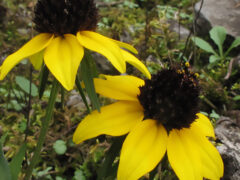
Rudbeckia triloba
Native to the United States, this yellow flowering perennial is often seen in old fields … Continued